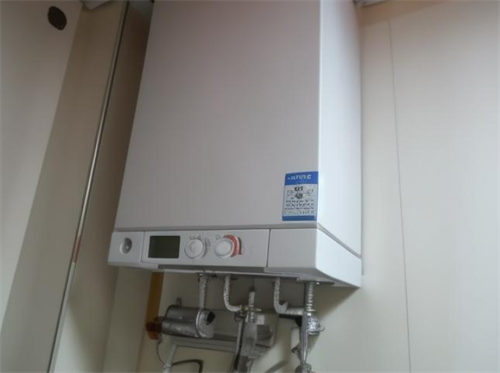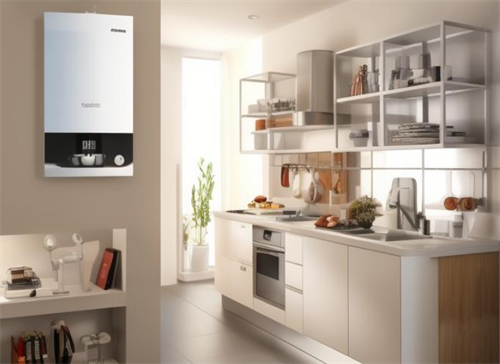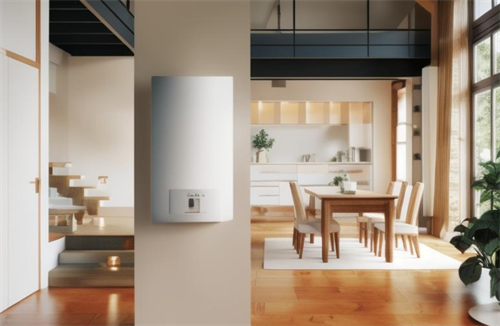Wall-hung boilers are common heating devices in households, providing a warm environment for families. However, sometimes these boilers may encounter issues. Here is how to handle the E6 fault in wall-hung boilers.
1. Check the Sensor
When you notice the E6 fault code on the wall-hung boiler display, the first step is to check the sensor. The sensor is a vital component in the wall-hung boiler, responsible for monitoring the temperature of the heat exchanger and transmitting data to the controller. If the sensor fails, it can prevent the boiler from functioning properly.

First, confirm that the sensor connections are secure. Check if the connections are loose or disconnected; if so, reconnect them. Next, use a multimeter to test the resistance value of the sensor to see if it falls within the normal range. If the resistance value is abnormal, it means the sensor is damaged and needs to be replaced.
2. Clean the Heat Exchanger
If the sensor is functioning correctly, the E6 fault code may be due to issues with the heat exchanger itself. The heat exchanger is a critical component in the wall-hung boiler, transferring heat generated by burning gas to the heating system. Accumulation of dust or dirt on the heat exchanger can affect its heat transfer efficiency, leading to faults in the boiler.

Therefore, you will need to open the wall-hung boiler and clean the heat exchanger. First, turn off the power supply and gas valve for the boiler, then use a soft brush and vacuum cleaner to remove dust and dirt from the surface of the heat exchanger. Be cautious while cleaning to avoid damaging the surface of the heat exchanger.
3. Replace the Heat Exchanger
If the E6 fault code persists after cleaning the heat exchanger, it may be necessary to replace the heat exchanger. Over time and with the accumulation of dust and dirt, the heat exchanger can deteriorate and become damaged. Therefore, when the E6 fault code remains unresolved after cleaning efforts, it is advisable to seek a professional technician to replace the heat exchanger.

4. Repair the Boiler
If none of the above methods resolves the E6 fault code, you may need to find a professional technician to help you address the issue. Repairing the wall-hung boiler requires specialized knowledge and skills, and it is not recommended to attempt this on your own. When you discover a fault in your wall-hung boiler, promptly contacting a professional repair technician is safer and more reliable.

In summary, this is how to handle the E6 fault in wall-hung boilers. The E6 fault code is typically a common issue in wall-hung boilers, generally caused by a sensor or heat exchanger malfunction. You can resolve this issue by checking the sensor, cleaning the heat exchanger, or replacing the heat exchanger. If these methods do not fix the E6 fault code, it is advisable to consult a professional technician for assistance.



